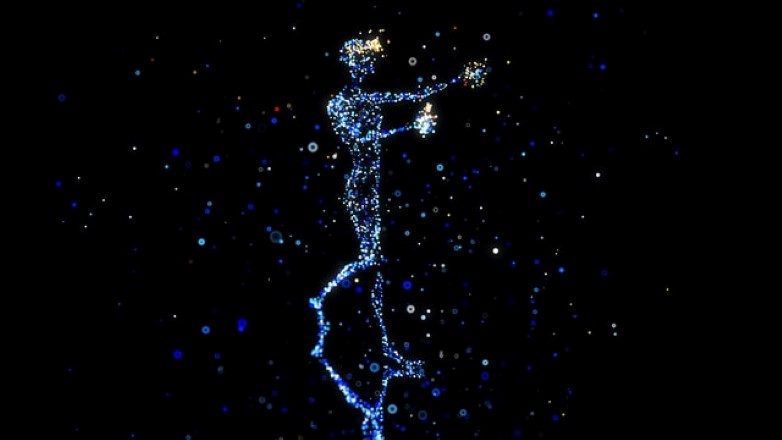Patenting innovations in the metaverse
Facebook’s rebranding to ‘Meta’ last year brought renewed attention to the metaverse, driving innovation in both hardware and software technology spaces. The introduction of Meta may be relatively recent but the development and patenting of metaverse technologies has been ongoing for decades.
Although some companies already have vast patent portfolios, due to the size of the metaverse space, there are still plenty of opportunities for innovation and patenting. So, what is the metaverse and what innovations are eligible for patent protection?
What is the Metaverse?
The Metaverse is a 3D virtual environment where people can engage in shared digital experiences through immersive technologies, such as virtual reality, augmented reality, and other advanced internet innovations. This 3D world can be accessed from desktops, mobile devices, and extended reality headsets.
Many experts look at the metaverse as a 3D model of the internet, a place parallel to the physical world where you spend your digital life. According to Meta, it is the next evolution of social connection and offers the potential to radically change many aspects of life, including learning, working, and socialising via avatars.
A well-known example is Pokémon Go, where the universe of gameplay is imposed on and coexists with the physical world and accessed via a mobile phone.
Many companies are developing and patenting innovations for use in the Metaverse and ensuring that these technologies are protected as this area continues to develop. Understandably, lots of businesses and corporations see the potential of the Metaverse and want to protect their investments, and intellectual property. Let’s explore some of the ways patenting in the metaverse works, and how innovators can work the Metaverse into their IP strategies moving forward.
Eligible Metaverse Patents
Generally speaking, patent applications can be filed both on the hardware components associated with the metaverse environment and on the software processes executing within it. The patenting process for hardware innovations are, in principle, relatively straightforward.
Metaverse Patent Examples
Examples of Metaverse patents can include:
- Enhanced CPUs and GPUs configured for hosting or supporting the Metaverse environment
- Physical devices to access it such as extended reality headsets.
- Methods of communication within the metaverse, such as haptic feedback systems and gesture control.
- Artificial intelligence (AI) algorithms.
- Spatial audio rendering techniques and voice recognition.
And much more!
Barriers to Metaverse Patentability
There are a few common barriers when it comes to the patentability of certain innovations in the Metaverse, preventing certain applications from meeting the requirements needed to protect certain products and processes.
For example, the virtual reality and augmented reality headsets space is already heavily patented, and a likely major barrier will be the need for novelty and inventiveness. Although this makes patenting difficult in a crowded space, it’s true that there are possible myriad areas in which Metaverse hardware can be improved.
On the other hand, Protecting software IP is likely to be far more difficult, due to the state of eligibility constantly evolving. Software innovations could include processes performed in the Metaverse environment, processes for accessing the Metaverse environment, and processes for synchronising states of the Metaverse environment.
Much of the Metaverse will be built on simulation of the real world or virtual locations and situations. As demonstrated in European Patent Office (EPO) decision G1/19, patenting inventions for simulation can be difficult via the EPO, however obtaining patents for these inventions could be more straightforward in other jurisdictions.
A second major barrier for software patents is evaluating the novelty/non-obviousness of a Metaverse-based invention by determining whether the process within the Metaverse environment is similar to the same process outside of it.
For instance, if the only difference between the proposed invention and the prior art is that the invention is confined to the Metaverse this may make it difficult for applicants to clear the prior art. According to law firm DLA Piper, to overcome this obstacle, applicants need to identify the step in the process that is unique to its execution in the Metaverse.
Metaverse Patents – A Key Takeaway
In short, getting a patent granted for many of the technologies required to implement the Metaverse, and especially the simulations within it, appears to be difficult but not impossible. With Meta CEO, Mark Zuckerberg, pledging to spend $10 billion annually over the next decade on innovations related to the Metaverse, there is certainly scope for patenting all types of Metaverse inventions.
Minesoft Can Help You Navigate The Metaverse Patent Landscape
In such a fast-growing space it is essential for innovators to stay ahead of the curve and track key patent applications which could pose either a threat or an opportunity. Minesoft’s PAIR Alerts allow users to receive automatic alerts to easily monitor file histories, transaction histories and continuity data. Use our leading patent search software PatBase to find opportunities and gaps in the market, which you can use to inform your research and development teams. For further information on how Minesoft’s suite of global patent information solutions can support your team, contact us today.

